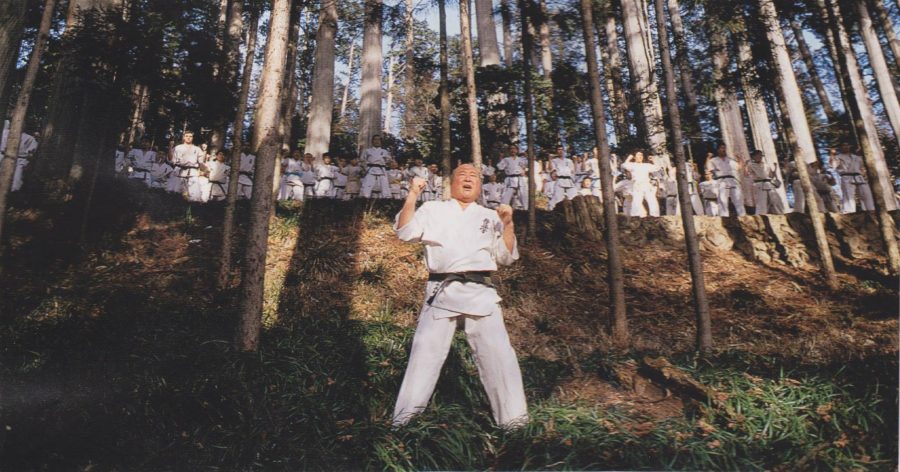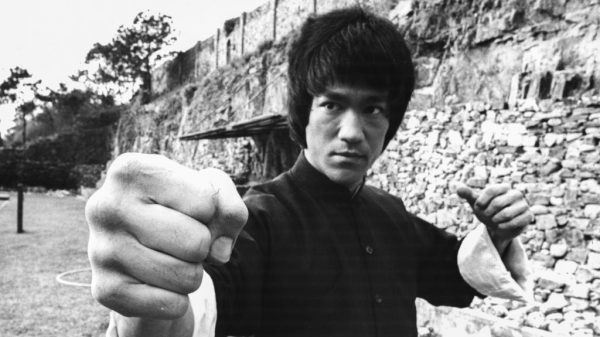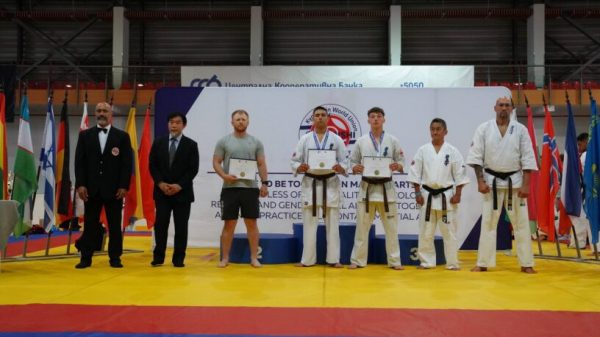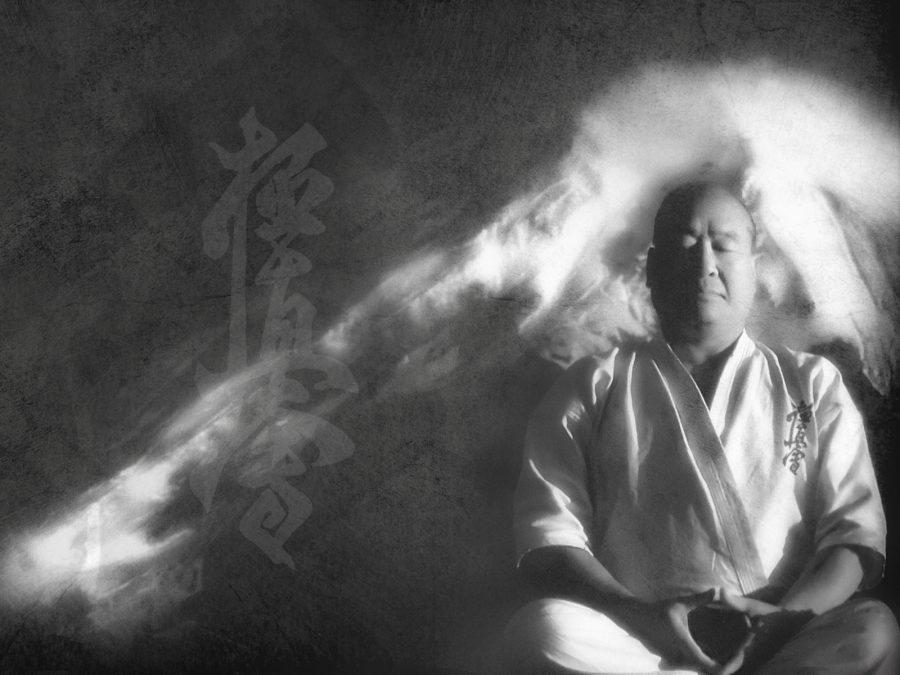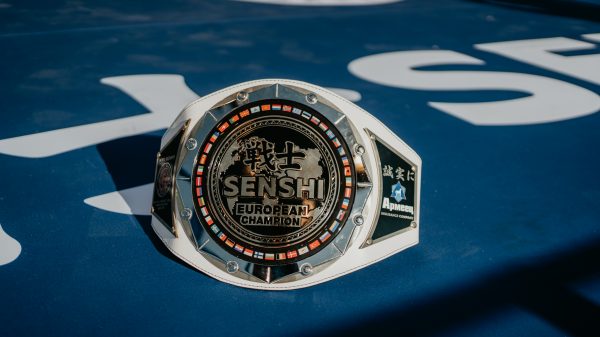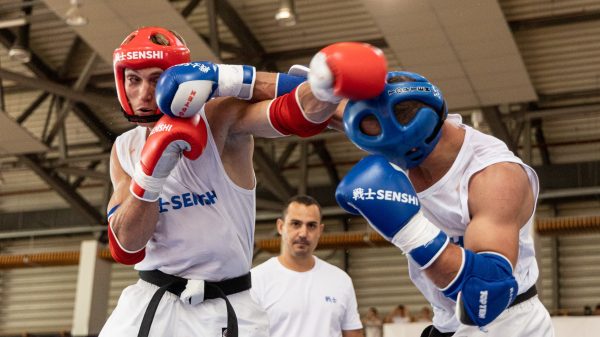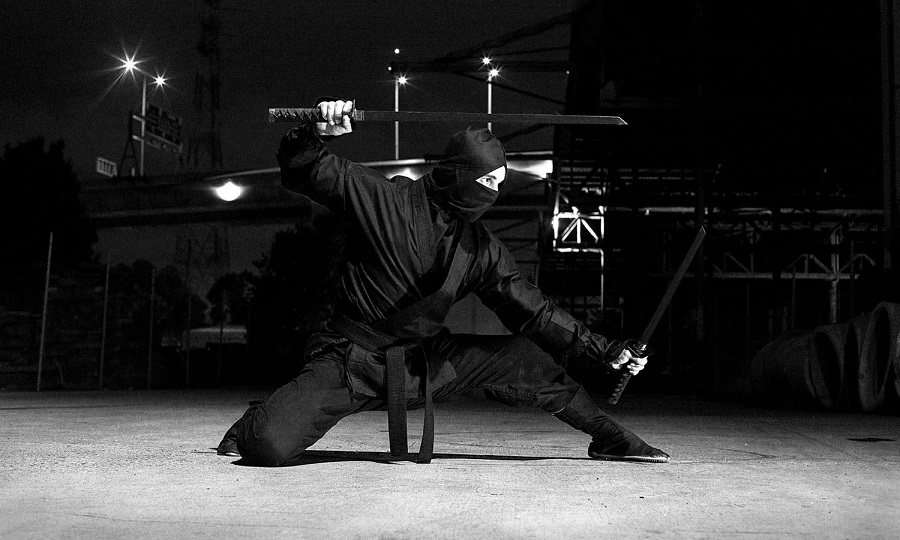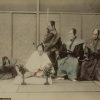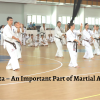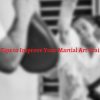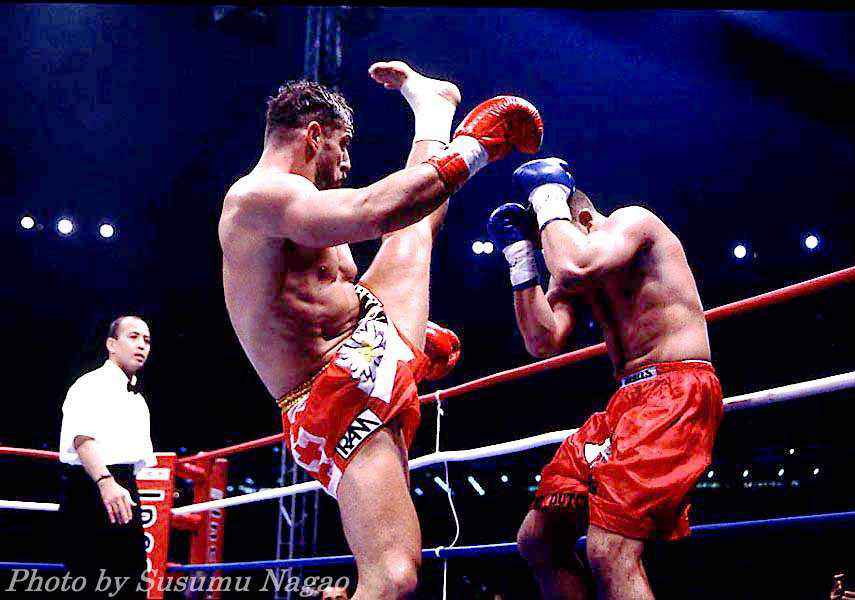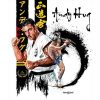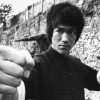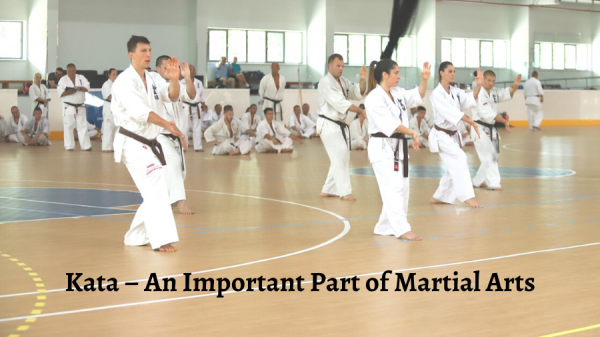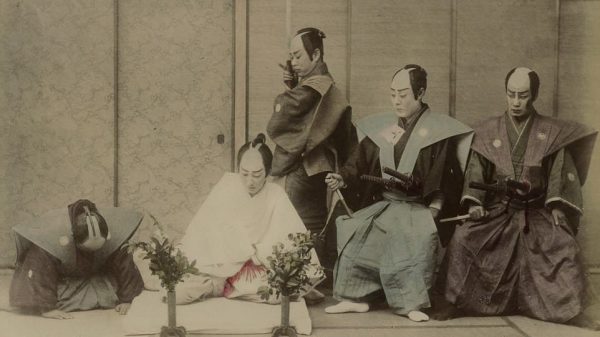Masaaki Hatsumi, one of Japan’s few remaining ninja practitioners, describes the ninja of old as the perfect all-around athletes of their day. Learn about the intense regimen that produced such well-rounded warriors.
It’s a testimonial to the ninja that Japan’s 1964 Olympic team seriously considered using a number of ninjutsu training methods. Masaaki Hatsumi, one of Japan’s few remaining ninja practitioners, describes the ninja of old as the perfect all-around athletes of their day — expert in running, jumping, swimming, climbing walls, long-distance hiking, throwing, etc. Of course, the ninja excelled in all the martial arts of their day, such as kendo, kyudo, and naginata-do. They were also skilled in hand-to-hand combat, using wrestling and boxing techniques that were the forerunners of judo and karate. If a child were born into a ninja family, his ninjutsu training would begin during childhood. The art was handed down from father to son as a trade, and a number of great ninja clans arose. The secrets of those clans were closely guarded. The members of one clan would often be in the hire of one lord and thus pitted against warriors in the employ of another lord. At such times, it always paid off to have a few secrets in one’s bag of tricks that were not generally known to others.
The ninja underwent rigid training to learn ninjutsu techniques at secret camps, usually set up in the mountains. The schools were scattered throughout central Japan, with most situated in Iga and Koga provinces. Daily ninjutsu training focused on becoming adept in the use of the sword, bow and arrow, spear, and tonki. Close attention was also paid to wall climbing, river crossing and the use of special devices. They also learned how to become expert horsemen.
Physical Ninjutsu Training
The late Seiko Fujita, who claimed to be the 14th master of the Koga school of ninjutsu, said ninja could walk the 350 miles between Edo (now Tokyo) and Osaka in three days. To improve his walking speed and skill, a ninja practiced by leaning his body forward or to one side so he was forced to walk rapidly to maintain balance.
Ninjutsu training also included walking with geta (wooden sandals) on ice to achieve perfect waist balance and silent treading. A ninja’s sandals were specially cushioned with cotton cloth so he could walk and jump noiselessly. When walking around the side of a structure, a ninja pressed his back to the wall and stepped sideways to prevent detection.
The ninja were also great second-story men. They were extremely adept at breaking into enemy castles and spent long hours practicing wall climbing. They also stressed leaping to be able to jump across rooftops and to avoid their enemies by hopping across chasms, over walls and fences, etc. Seiko Fujita claimed that ninja became such experts at leaping that many of them could jump more than 7 feet into the air — which would make them champion high jumpers even today.
Mental Ninjutsu Training
Ninja put just as much stress on the spiritual and mental aspects of ninjutsu training as they did on purely physical action. They had to have their wits about them at all times and work out complicated problems on the spot. They learned to sharpen their perception and insight, developing their instincts to a point that seemed almost superhuman.
Heishichiro Okuse — perhaps the foremost authority on ninjutsu and the author of four books — wrote his last work on the subject, Hidden Ninjutsu: The Secret Thoughts and Strategies of the Ninja. According to him, they regarded nothing as impossible and scientifically applied brainpower to every problem they encountered. He regards the nonphysical aspects of ninjutsu as the key to a successful career.
One of the most interesting aspects of ninjutsu is kuji-kiri, or magical signs made with the fingers to assist them in self-control during moments of danger. Kuji, or the number nine, is said to be the most important number in Kikkyo (esoteric Buddhism) and Shugendo (mountain asceticism). In practicing kuji-kiri, there were 81 different ways the ninja could knit his fingers together. At the same time, he chanted Buddhist sutras or maxims from the scriptures.
The practice not only restored confidence and gave the ninja inner strength in moments of danger and desperation, but it was also supposed to hypnotize the enemy into inaction or temporary paralysis. It was something like the evil eye or the casting of a hex.
blackbeltmag.com


